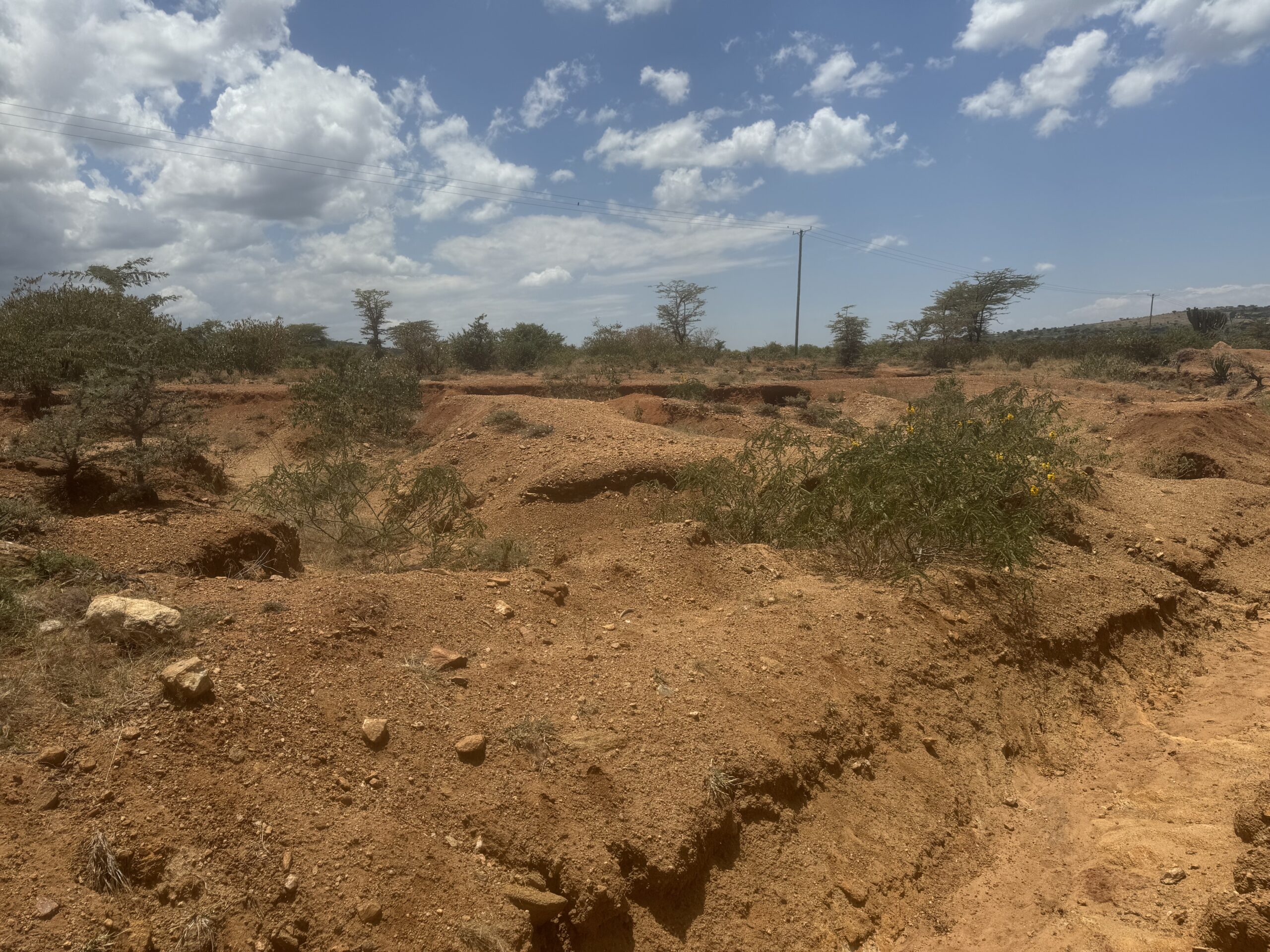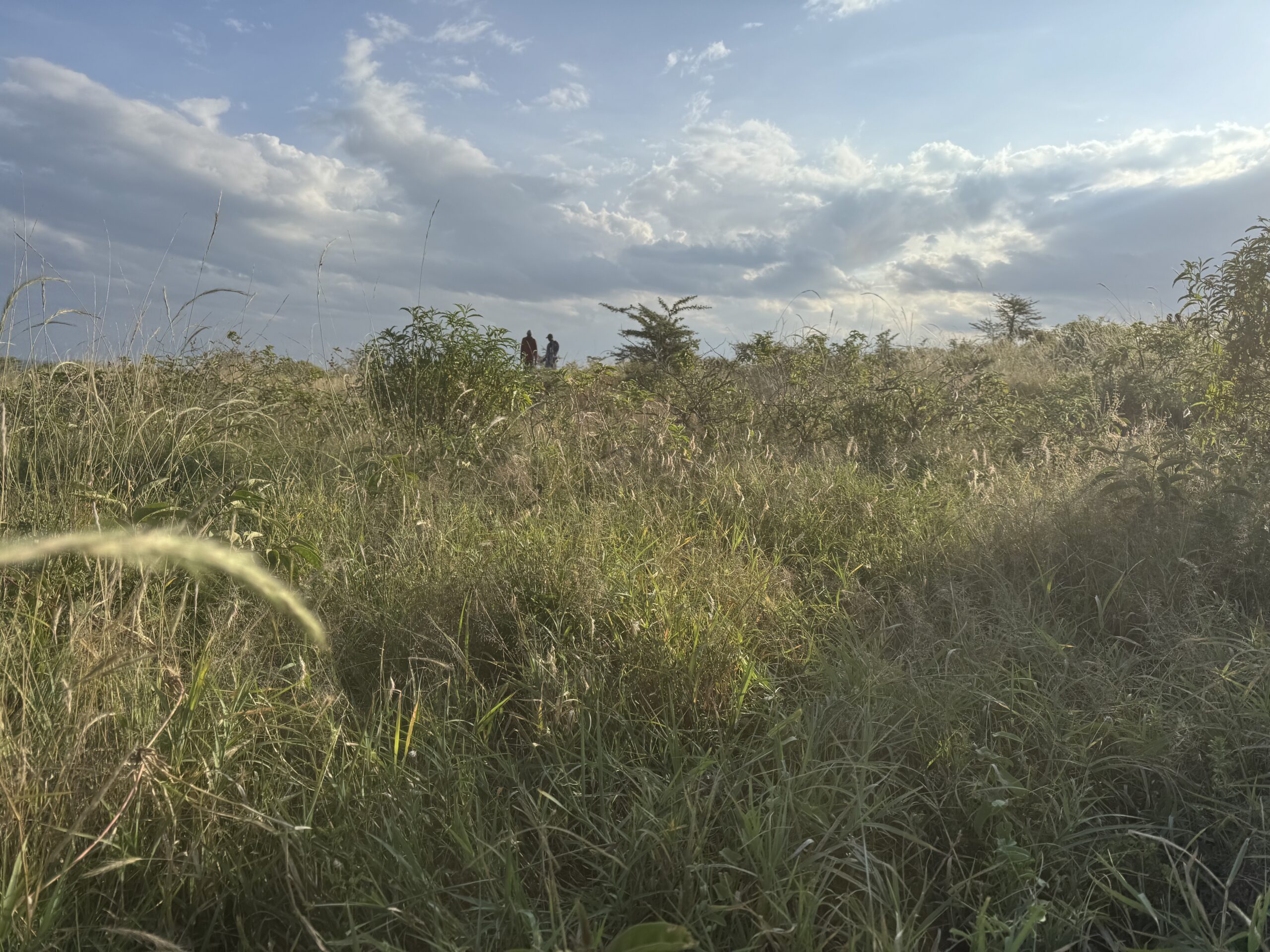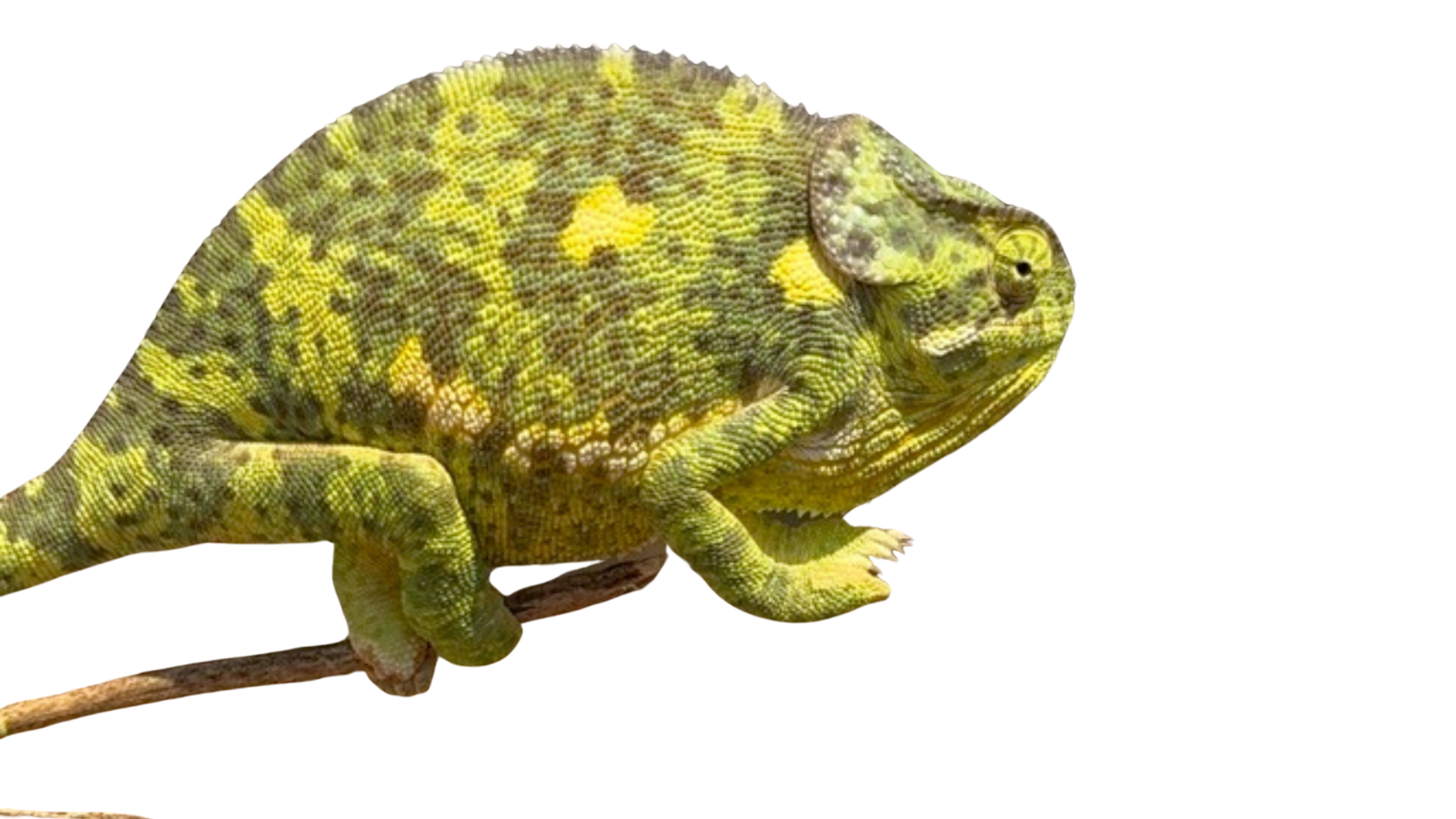

11
Before I moved to Africa I thought I had seen overgrazing in America. I didn’t know what I was talking about. You guys are fine. Don’t worry about it. The communal areas in Africa showcase the worst possible land management. There are three lessons that I pull out of this. One is ecological. One is political-economical. And the other is current events. One is not very controversial, the other two.. actually maybe they are all controversial. We’ll see.
I need to show you how much of the world’s rangelands are “managed,” though most people probably have no idea about how it works. When I drive to town, I first pass a beautiful savanna with nice dense grass swards, which is the best range of conditions you can ask for. It is full of wildlife. It is Eden. I hit a fenceline, and suddenly, it was desert. There is bare ground all around me, and the only plants in the dry season are some combination of impossibly spiny and intolerably poisonous. The trees with any value have all been cut down; there is a thicket of bush coming up that nothing can eat. All the water courses go from politely meandering to deep gashes in the land that bleed red soil when it rains. This is the fenceline that marks where the private ranches and conservancies end and where 16,000 acres of “community area” begin. Forty years ago, by all accounts, both sides of the fence looked identical.
This land, basically, isn’t owned by anyone. Therefore, no one manages it. No one feels the pain or the stress of making an outcome happen. Nobody benefits from their individual actions to improve the land. So nobody takes these actions. Well, almost nobody; I will get to that later. The land deteriorates. This is the classic “tragedy of the commons,” I think it is impossible for you to imagine how much of the world looks like this. It’s billions of acres, just in Africa.
There are a few ways; some of them are external to the Masai community, and some of them are internal. During the colonial period and ever since the Masai have been actively and passively excluded from land ownership. There are also regular problems with common property management. But sixty years ago, common property management worked fine. There were almost no people out here. Now, when you ask people how many brothers and sisters they have, people will routinely answer ‘twenty’ or ‘twenty-seven.’ This is possible because of plural marriage, but the population in these areas is exploding. Sixty years ago, 70 people were living in this community area. Now there are 6000.
The ecological lesson is that this is not a difficult technical problem. You can graze a place hard. It might not be the best thing, but it won’t be the worst thing. You can even keep the animals there until there is just one blade of grass left. Just take them off before they eat that last blade of grass, and don’t bring them back until the grass has fully recovered. Please.
On this community land, the livestock stays for months and years, and after that, the last blade is gone. They camp out over those grass plants and just wait for them to put their head above the ground. This is what creates devastation; some of it is irreversible. People say that they do it because they are poor. But it is more simple than that. They do it because there is no cost to them.
The second thing involves land ownership. In the modern world, land has to be managed if the outcomes are going to be anything but disastrous. If land is going to be managed, it has to be owned. There must be someone who feels the pain of being wrong and who collects the benefits of being right. If you can do this another way, I am all ears. Ownership is something that happens in the mind and not in a government office somewhere, but the paper in the government office is one way to affect the changes in the mind.
The third lesson pertains to recent activism on the part of the Masai community in Tanzania, which is staging huge protests against voluntary relocation efforts in the Ngorongoro Conservation Area. Google it if you want to know more. If your Google search is anything like mine, the first ten listings will take the side of the Masai, with titles like “Colonial Conservation” and “Human Rights Abuses.” I get it. The Masai and many other ethnic groups have been passively and actively excluded from land ownership. I also don’t pretend to know about the details of what the Tanzanian government has actually done versus what they say.
All I can point to is the big picture problem, the same problem we have here, the same problem on billions of acres across Africa. Sixty-four years ago, 8,000 Masai lived in the Ngorongoro Conservation Area. Today, there are 110,000 Masai. If the Tanzanian government lets the Masai stay, then what? At this rate, in another 64 years, there will be one and a half million Masai living in the Ngorongoro Conservation Area, trying to scratch a living from the most ecologically important piece of land on the planet. Will it look like the community land here? Who will that benefit? Not the land, certainly, but not the people either. Make no mistake, the land management on communal property is a poverty trap. This land is so abused and degraded that the best possible outcome for the people is survival.
If we could solve this problem, it would be one of the biggest boosts to biodiversity we could ask for. We would radically alter carbon and water cycles on a huge percentage of the land. We would give the poorest people on the planet the boost they need to survive and escape a cycle of poverty. It is an easy technical problem to solve.
Yet, what can we do? Not much. But I have something.
A few months ago, the youth group in this area, known as Macandura (“place of peace” or “rest”), approached me and asked if I might like to help with some of their programs. Almost as an afterthought, they told me that they were conserving the hill that we were sitting on, saving the grass for the dry season—a “grass bank.” I asked them to show me.
On this hill, they approached the community elders and received approval to keep livestock off of this hill until the dry season when it could be grazed. Then, this would take pressure off of other areas so that the cattle didn’t decimate them, standing and waiting for the grass to grow enough to take a bite. The land had totally bounced back. There was grass everywhere. You can see the diversity of all kinds of species. The bare areas were being recolonized, and the erosion cuts were already starting to fill in after just six months of grazing exclusion. And the trees! Everywhere else, the trees look pretty sorry, even the ones that are twenty feet tall; here, they looked so healthy and happy.
I suggested we just do more of this, we designate five hills on the community land that won’t be grazed until the dry season, when we will graze them one by one at density. We shoot to have enough reserve area so that the community’s livestock can get through the dry season. Then, the rest of the community area can be rested during the dry season. I suggested that it is critical that we do this now. The past two years have had very good rain, but there were three years of devastating drought before that. People remember the drought and want to avoid going back. But the last two years have had good rain, so there is grass to save. It is almost cruel to tell a penniless person to save. But when that person suddenly has two pennies, they had better save one. That’s what we are trying to do.
Right now, the youth group patrols these areas on a volunteer basis. What I would like to do is pay those people. They are requesting 500 Kenyan Shillings per day. This is about $3.50. Imagine feeding a family, an extended family, for that amount of money. Imagine living in circumstances where that looks like an “opportunity.” But this is an opportunity for them and an opportunity for you. It is an opportunity to feed a man for a day and help a community feed themselves for a lifetime while doing the best biodiversity, carbon, and water cycle restoration I can think of.
